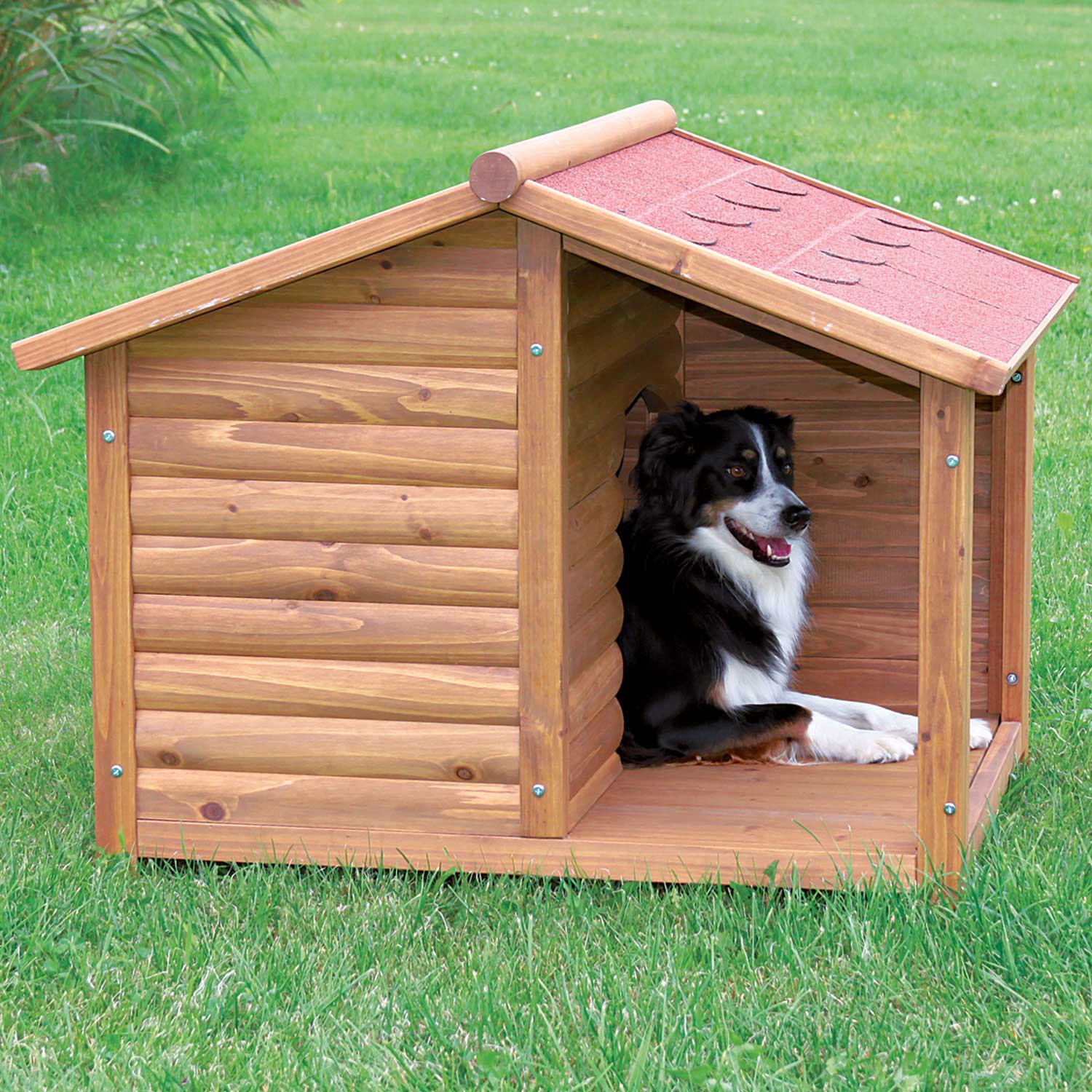Hey Nicoleresstel!
Think of me more as a
theory guy, I just don't have the sort of practical experience to make a specific hardware recommendation. But
a lot the members actually have this sort of gear (and situation!) so I'm hoping they'll chime in.
Quick Facts
- 8x100 Watt panels, 18V @ 5.55 amps
- 80 Amp PWM
- 3 kW inverter
- Adding 2000-2800W in 1Q20
- 48' from panels to house, don't have wiring yet
- Question: Should I get an MPPT or all-in-one to handle my future power needs?
|
All in ones are really nice as they make the setup a snap. But, as
@Newenough pointed out; when they die you end up eating the cost of replacing everything. Plus you already have a 3 kW inverter which an all-in-one would include.
Problem
I know you have enough current problems, but you've a future problem too. By now you've probably realized how essential planning is.
When you get your new solar panels, chances are they're going to be different from from your old panels. That could be a problem.
The All-in-Ones or an MPPT with multiple PV inputs is going to want the power from the panels to be balanced; so you won't be able to put 800 watts on one input and 2 kw on the other without taking some big power hits. In fact, there might not be a practical way to balance your existing panels with your future panels at all. In which case you might have to put your old panels and charge controller up on eBay. I believe you can put two MPPTs onto a single battery bank, so conversely you could just set up the system now, and then add new panels with a new MPPT later.
Anyone know if you can put an MPPT and PWM onto one battery?
Selling the old system on eBay might not be as bad as it sounds. There is a nice economy to those bigger panels. For example, when I look at
altE, 100W panels are $1.49/W whereas the ~300W panels are as low as $0.55/W. So, with those prices 800W of 100W panels is ~$1000, whereas 3000W of ~300W panels is $1650. Sure they weigh a lot more, but it'll be your husband shlucking them around, right?
 Options
Options
While you're thinking about how you want to handle that problem, let me give you some $ numbers on other things so you can compare options.
Wire Cost with existing PWM
DogHouse - Since everything is at the panels, the 48' run is AC wire carrying a max of 25 amps, so 10 AWG copper (~$60+conduit$). There's also the cost for getting a NEMA3R case (or building a small structure that looks like a doghouse) to hold the controller, batteries, and inverter).
Wire Cost with new MPPT
180V@6 Amps - 1 string of 8 in series: 14 AWG for a 2% loss. That gauge is fairly inexpensive (don't forget you want DC wire, not AC wire).
100V@20 Amps - 2 string of 4 in series: 10 AWG for 2% loss, 12 AWG for 3% loss. Still fairly inexpensive
What I suggest you do now is to take a look at what you think you're going to want for future panels and ask some hard questions like is 3 kW all I've need? Is 120V enough, or should I get an inverter I can run my 240V water pump off? Then work backwards with all you've learned to decide what components you want to keep and what you're going to put up on ebay.















